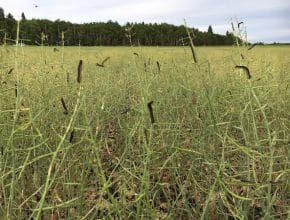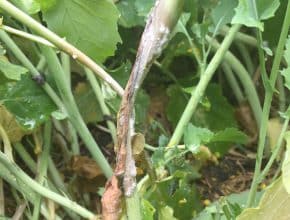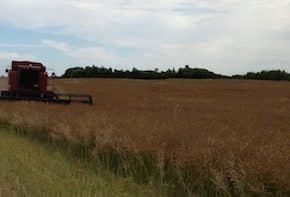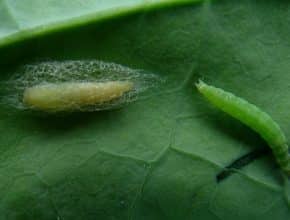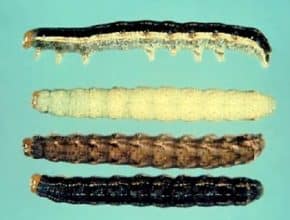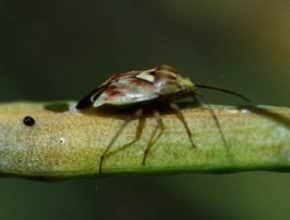A heavily-infested field in western Manitoba (south of Riding Mountain National Park) generated a lot of interest on Twitter in the past week. It prompted a lot of scouting, which is good. But what this one field and the ensuing scouting demonstrated is that bertha armyworm population spikes can be highly localized…
Canola Watch Posts
-
-
Diseases are usually easiest to see and diagnose at this stage of the season. The photo shows blackleg in a clipped canola stem. Patches of dying or prematurely-ripening plants are obvious areas to scout (and show up really well with drone images), but even clean-looking fields can provide some early warning if you take time to look…
-
-
Straight-combining canola can be made easier with a pre-harvest herbicide. Here are the options: glyphosate, Heat LQ/glyphosate and Reglone (diquat)…
-
-
Test your diamondback management skills with these four questions…
-
Diamondback moth larvae have been found in canola fields across the Prairies this year. Of those fields with the larvae, counts in many (perhaps most) are below and often well below thresholds. Some fields are at thresholds. Some fields seem to be well above thresholds. The key is to the check each field. Diamondback larvae can vary in number from…
-
Bertha armyworm adult moth counts were generally low across the Prairies in 2017. A few trap sites did enter the moderate risk level, but none was high. See provincial counts in the Prairie Pest Monitoring Network blog. However, as experienced with diamondback moth trap counts this year, egg survival could be higher in dry conditions and warm weather will promote…
-

